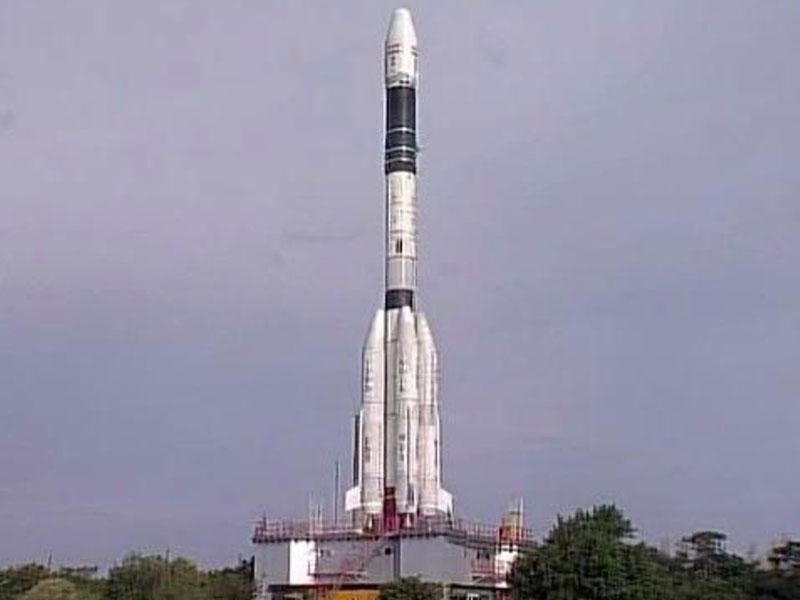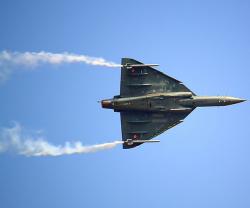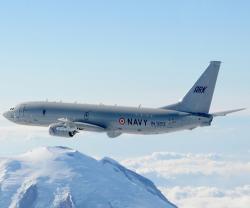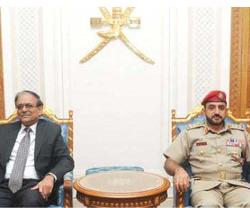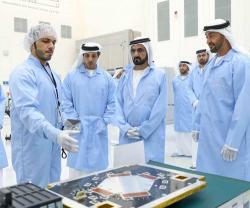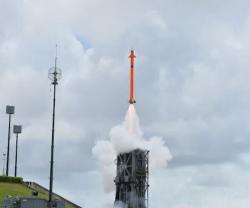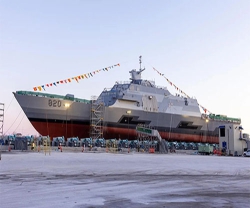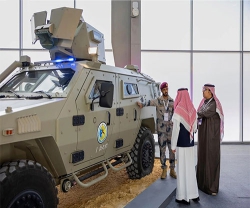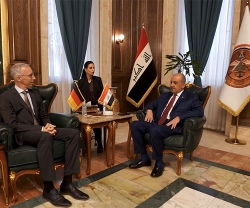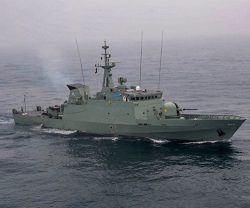The Indian-made cryogenically-powered rocket blasted off from the southern spaceport of Sriharikota as scheduled, as Delhi tries to join an elite club of countries which have mastered the complex technology.
The 415-tonne rocket deployed a two-tonne advanced communications satellite 17 minutes after blast-off, said Indian Space Research Organisation (ISRO) Chairman Dr. K. Radhakrishnan.
India has for years been trying to develop its own cryogenic engine for rockets that are designed to put heavier satellites into high orbits, about 36,000 kilometers (22,000 miles) from Earth.
The powerful booster technology, using super-cooled liquid fuel, is a much needed tool to help India capture a share of the lucrative global market for launching commercial satellites. But the technology has only successfully been developed by a handful of countries including the United States, Russia, France, Japan and China.
India's project has had to overcome a string of hurdles and mishaps, including an aborted launch in August last year several hours before lift-off after fuel was found to be leaking from one of the rocket's engines.
The first India-built rocket crashed into the Bay of Bengal just minutes after take-off in April 2010 after the cryogenic engines failed to ignite.
In November India successfully lifted into orbit a spacecraft bound for Mars as it tries to become the first Asian nation to reach the Red Planet.
It has taken ISRO scientists years to develop cryogenic motors after India's attempt to import the technology from Russia in 1992 failed because of opposition from the United States.
Since 2001 India has bought cryogenic engines from Russia and seven of them have been used on missions.
An Indian space rocket using a Russian-built booster exploded shortly after launch in December 2010 during a mission to put an advanced communications satellite into space.
ISRO pushed ahead with developing its own engine, including the third and final booster engine of the rocket, fuelled with a mix of oxygen and hydrogen in liquid form and kept at a very low temperature.
India's first satellite launch, of an Italian satellite, was in 2007.
The country sees its space program as an achievement that highlights its emergence as a major world economy, and many citizens take great patriotic pride in it. But the cost of the program has attracted criticism as the government struggles to tackle poverty and child malnutrition.

